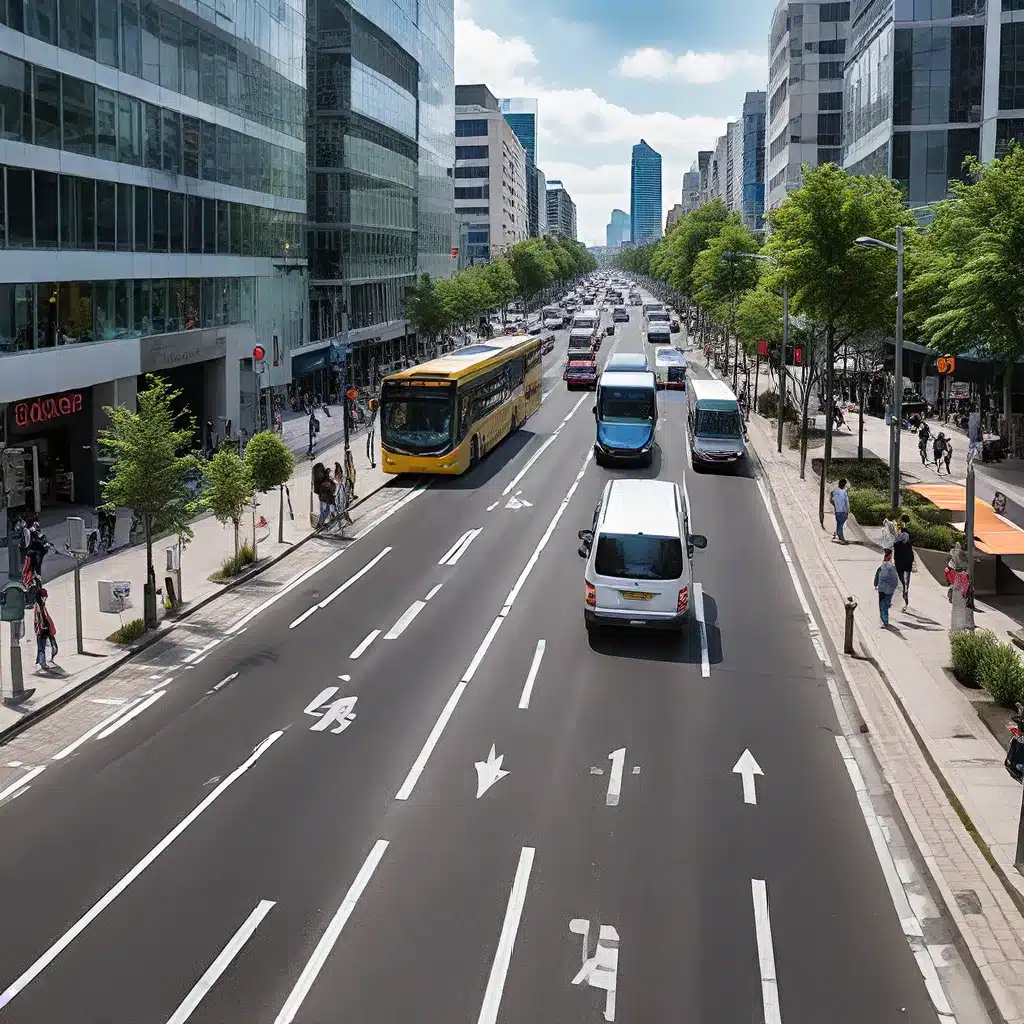
The Rise of Smart Cities and the Role of IoT
In our rapidly urbanizing world, cities are facing unprecedented challenges related to population growth, resource management, and infrastructure demands. Smart cities have emerged as a transformative solution, leveraging technology and data-driven insights to create intelligent, connected, and sustainable urban ecosystems. At the heart of this urban revolution is the Internet of Things (IoT), a network of interconnected devices and sensors that collect and exchange valuable data.
IoT plays a pivotal role in driving urban development by enabling real-time monitoring, efficient resource management, and data-driven decision-making. Through the deployment of IoT sensors across cities, a wealth of information is gathered on various parameters, including traffic patterns, energy usage, water consumption, and environmental conditions. This data empowers city planners and administrators to optimize operations, enhance public services, and promote sustainability.
Intelligent Transportation Systems: Enhancing Urban Mobility
One of the most significant areas where IoT is transforming smart cities is intelligent transportation systems (ITS). By integrating IoT-connected sensors, cameras, and GPS devices throughout the urban landscape, cities can collect real-time data on traffic conditions, parking availability, and public transportation utilization.
This data-driven approach enables city authorities to implement dynamic traffic management strategies, optimize signal timings, and reduce congestion. Commuters also benefit from personalized travel experiences, receiving real-time updates on routes, travel times, and public transportation schedules.
Moreover, IoT facilitates the integration of various transportation modes, including buses, trains, bikes, and ride-sharing services. By enabling seamless connectivity and data exchange between these modes, IoT-powered intermodal transportation systems enhance the overall user experience, reduce travel times, and promote sustainable mobility.
Securing Smart Mobility: IoT-Enabled Safety and Efficiency
Alongside the efficiency gains, IoT-driven intelligent transportation systems also play a crucial role in enhancing road safety. IoT sensors and connected cameras can detect incidents such as accidents, roadblocks, or adverse weather conditions in real-time, triggering automatic alerts and enabling swift emergency responses.
Advanced IoT-powered navigation systems use real-time traffic data to provide dynamic routing suggestions, helping drivers and commuters avoid congested areas and optimize their travel routes. This not only improves efficiency but also reduces the risk of accidents and minimizes environmental impact by lowering vehicle emissions.
Furthermore, IoT enables the development of connected and autonomous vehicles (CAVs). These vehicles leverage advanced sensors, communication technologies, and data analytics to enhance safety features such as collision avoidance and adaptive cruise control. The integration of CAVs with urban infrastructure, facilitated by IoT, paves the way for a future of safer and more efficient transportation.
Powering Smart Mobility: IoT-Driven Energy Management
As the world transitions towards more sustainable transportation solutions, the role of IoT in energy management becomes increasingly crucial. IoT sensors embedded in smart grids and electric vehicle (EV) charging infrastructure enable real-time monitoring and optimization of energy distribution and consumption.
This data-driven approach allows cities to better match energy supply and demand, promote the integration of renewable energy sources, and encourage the widespread adoption of EVs. Technologies such as Vehicle-to-Grid (V2G) and Grid-to-Vehicle (G2V) further enhance energy efficiency by enabling EVs to participate in the grid’s energy balancing efforts.
By leveraging IoT, smart cities can not only optimize their transportation systems but also contribute to broader sustainability goals, reducing carbon emissions and minimizing the environmental impact of urban mobility.
Empowering Citizens through IoT-Enabled Smart City Initiatives
The transformative potential of IoT in smart cities extends beyond infrastructure and transportation. IoT-enabled applications and mobile platforms empower citizens to actively participate in city planning and governance. Through these channels, residents can access real-time information, report issues, and provide feedback, fostering a more transparent and responsive urban ecosystem.
Sensor-enabled smart city initiatives also enhance the quality of life for urban dwellers. IoT-connected devices in homes, hospitals, and public spaces can optimize energy consumption, deliver personalized healthcare services, and improve public safety through advanced monitoring and rapid incident response.
Addressing Challenges and Shaping the Future of IoT-Driven Urban Development
While the benefits of IoT in smart cities are profound, successfully implementing these technologies comes with its own set of challenges. Ensuring data security, maintaining interoperability, and addressing the digital divide are crucial considerations for city administrators and technology providers.
As we look to the future, the integration of artificial intelligence (AI) and edge computing with IoT will further enhance the capabilities of smart cities. Predictive analytics, autonomous systems, and 5G connectivity will unlock new possibilities, empowering cities to become more responsive, efficient, and resilient.
Ultimately, the collaborative efforts of governments, technology companies, businesses, and citizens will be key to realizing the full potential of IoT-driven urban development. By embracing these advancements and addressing the associated challenges, smart cities can transform into vibrant, sustainable, and inclusive urban environments that cater to the evolving needs and aspirations of their residents.
Conclusion
The Internet of Things has emerged as a transformative force in the realm of smart cities, driving urban development and enhancing the efficiency, sustainability, and quality of life in metropolitan areas. From intelligent transportation systems and energy management to citizen empowerment and future-ready infrastructure, IoT is redefining the way we approach urban challenges.
As cities continue to grapple with population growth, resource constraints, and environmental concerns, the integration of IoT technologies offers a promising pathway towards smarter, more resilient, and inclusive urban landscapes. By harnessing the power of data-driven insights and fostering collaborative ecosystems, smart cities can unlock a future where mobility, sustainability, and citizen engagement converge to create truly livable, efficient, and future-ready urban environments.